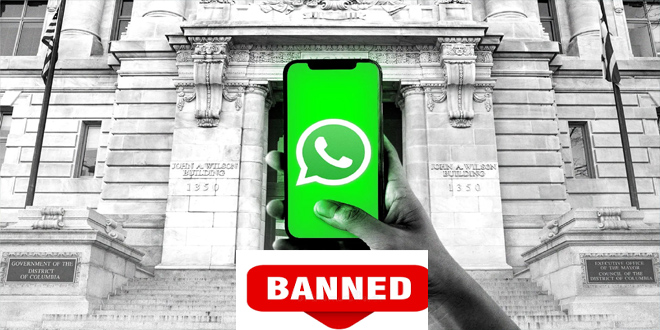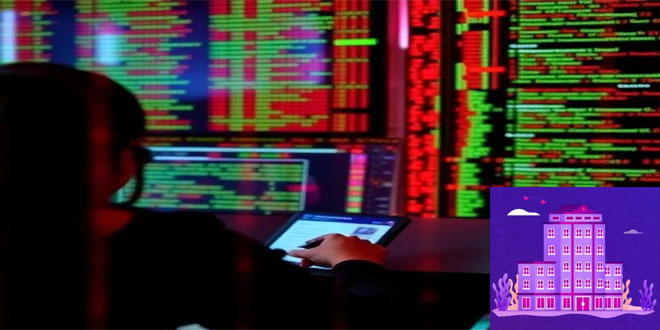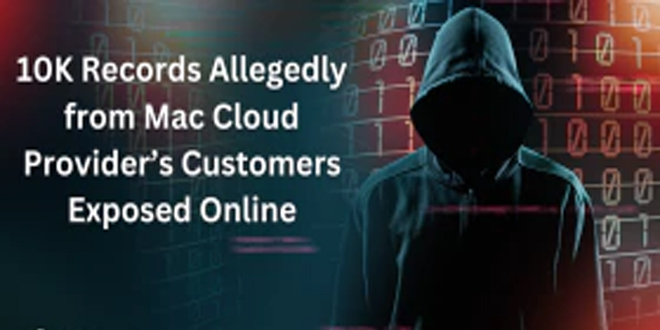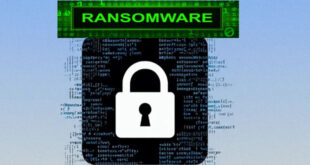Global threat actors have significantly increased attacks on government sectors, with malware-driven attempts rising by triple digits in the first quarter of the year, according to SonicWall. The security vendor’s analysis shows a 236% increase in blocked attacks in Q1 2024 compared to last year, along with a 27% rise in attacks on government entities in the month before the US election.
Concerns are rising about foreign interference in the close presidential election, which aims to create uncertainty about the results. SonicWall reported that DDoS attacks are expected to exceed last year’s numbers by 32%.
By F2
/ Tuesday , June 24 2025
The U.S. House of Representatives has banned congressional staff from using WhatsApp on government devices due to security concerns, as...
Read More
By F2
/ Tuesday , June 24 2025
Kaspersky found a new mobile malware dubbed SparkKitty in Google Play and Apple App Store apps, targeting Android and iOS....
Read More
By F2
/ Tuesday , June 24 2025
OWASP has released its AI Testing Guide, a framework to help organizations find and fix vulnerabilities specific to AI systems....
Read More
By F2
/ Tuesday , June 24 2025
In a major milestone for the country’s digital infrastructure, Axentec PLC has officially launched Axentec Cloud, Bangladesh’s first Tier-4 cloud...
Read More
By infosecbulletin
/ Monday , June 23 2025
A hacking group reportedly linked to Russian government has been discovered using a new phishing method that bypasses two-factor authentication...
Read More
By infosecbulletin
/ Wednesday , June 18 2025
Russian cybersecurity experts discovered the first local data theft attacks using a modified version of legitimate near field communication (NFC)...
Read More
By infosecbulletin
/ Tuesday , June 17 2025
Cybersecurity researcher Jeremiah Fowler discovered an unsecured database with 170,360 records belonging to a real estate company. It contained personal...
Read More
By infosecbulletin
/ Tuesday , June 17 2025
GreyNoise found attempts to exploit CVE-2023-28771, a vulnerability in Zyxel's IKE affecting UDP port 500. The attack centers around CVE-2023-28771,...
Read More
By infosecbulletin
/ Tuesday , June 17 2025
The U.S. Cybersecurity and Infrastructure Security Agency (CISA) has recently included two high-risk vulnerabilities in its Known Exploited Vulnerabilities (KEV)...
Read More
By infosecbulletin
/ Monday , June 16 2025
SafetyDetectives’ Cybersecurity Team discovered a public post on a clear web forum in which a threat actor claimed to have...
Read More
The vendor reported blocking over 12.9 million attacks on IP cameras this year. IoT devices are often hijacked and combined into botnets for DDoS and other attacks.
A study released yesterday found that most US county websites could be easily faked, potentially spreading election disinformation and enabling phishing attacks, with less than a week until voting.
They were registered with non-.gov domains, and the report also noted that many contact email addresses lack DMARC anti-phishing protection.
“As attackers continue to attack critical government services and election-related systems, the importance of multi-layered cybersecurity measures cannot be overstated,” said SonicWall executive director of threat research, Doug McKee.
“In a rapidly evolving threat landscape, the stakes have never been higher. We must embrace cross-industry collaboration and threat intelligence information sharing to ensure the integrity of our electoral processes and protect our vital infrastructure from those seeking to exploit these systems.”
SonicWall noted a 33% rise in software supply chain attacks since the start of the year.
Sonatype reported a 156% year-over-year rise in attacks on open source ecosystems, with over 704,102 malicious packages identified since 2019.
Bangladesh Bank issues cyber threat alert
 InfoSecBulletin Cybersecurity for mankind
InfoSecBulletin Cybersecurity for mankind














